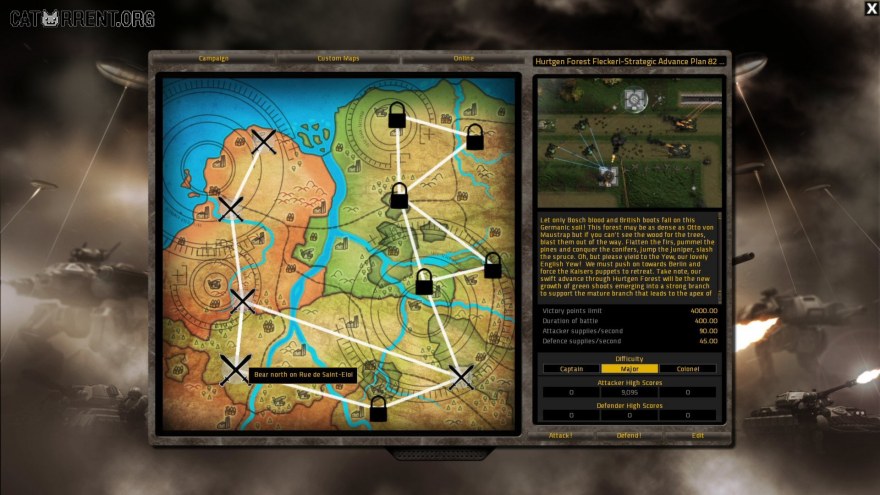


Monty’s chief of intelligence, the peacetime Oxford don Edgar “Bill” Williams, told me ruefully in 1982, “The Germans always punished mistakes. If the British secured a corridor beyond the Rhine, Ike would be obliged to support a drive from the north led by Montgomery into Germany: the cocky little bishop’s son saw before him the prospect of passing into history as the composer and conductor of Western Allied victory. The principal objective of that thrust, known as Operation Market Garden, was to force the hand not of Hitler, but of Allied Supreme Commander Dwight Eisenhower. Instead, he launched the most reckless thrust of his career, seeking to seize the bridge over the lower Rhine at Arnhem. Thus he made one of the most grievous strategic errors of the northwest Europe campaign, declining to hasten troops to clear the approaches to the Scheldt River, without which the newly captured port of Antwerp was useless, as Admiral Sir Bertram Ramsay warned him. Britain’s commander-in-chief, the newly promoted field marshal Sir Bernard Montgomery, stood by a dusty French roadside urging an armored column roaring past: “On to the kill!” This was not merely theater for the benefit of such listening war correspondents as my father: Monty really believed it. How did this come about? It was chiefly a consequence of hubris-a belief that, after the Allies’ dramatic August breakout from Normandy, Hitler’s armies were on the ropes. Although profiting from surprise and an overwhelming superiority of resources, they were overwhelmed by haphazardly assembled German battle groups that inflicted a gratuitous humiliation on them in the last months before the Third Reich succumbed. This was never more vividly exemplified than at the prosperous Dutch town of Arnhem in September 1944, when supposedly elite British airborne troops were dropped sixty-five miles beyond the Allied front. Man for man, German soldiers fought more effectively in World War II than their Allied counterparts did. Smith/Imperial War Museums/Getty Imagesīritish soldiers taking cover in a shell hole near Arnhem, the Netherlands, September 17, 1944


 0 kommentar(er)
0 kommentar(er)
